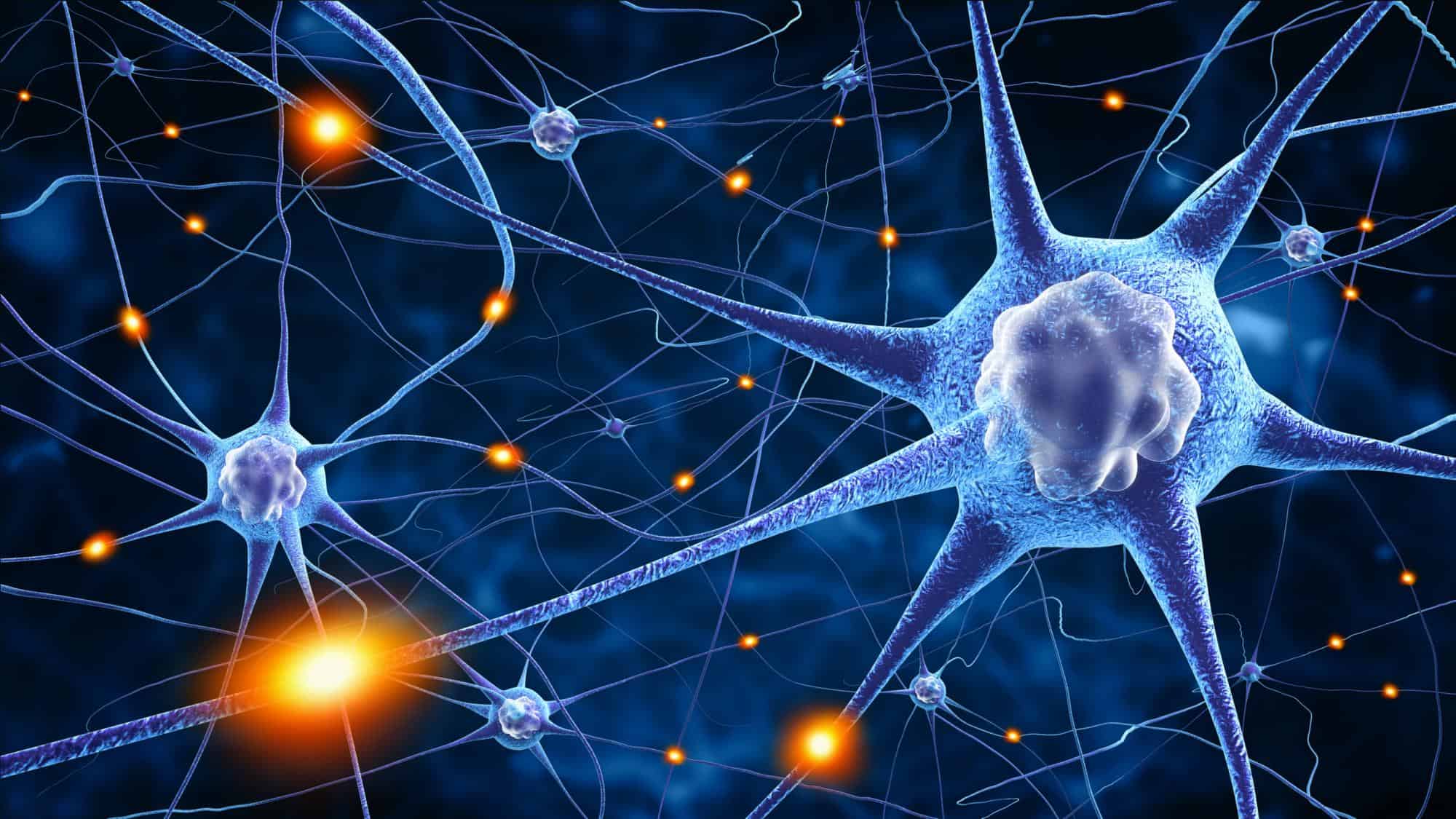Core Practical 1 – From Topic 1 (Lifestyle, Health & Risk)

Aim
To investigate the effect of caffeine on heart rate in Daphnia.
Independent Variable
Caffeine concentration (M)
Dependent Variable
Heart rate of Daphnia (beats per minute)
Control Variables
- Temperature – measure temperature with thermometer. Carry out in same place
- Volume of solutions – use same number of drops on Daphnia each time
- Stress of Daphnia – try to minimise stress of Daphnia (explained in Ethical Considerations section)
- Size of Daphnia – try to pick Daphnia of around the same size for repeats
- Time to acclimatise – leave Daphnia in caffeine solution for same amount of time to acclimatise (e.g. 5 minutes)
Ethical Considerations
Daphnia are most likely not complex enough to suffer physical and mental stress. Nevertheless, there is still debate over whether or not animals should possess rights as humans do. Due to a lack of consent from the Daphnia, we can instead try to minimise the amount of suffering by considering animal welfare. The purpose of the investigation can be justified if the Daphnia doesn’t suffer as much. We can minimise the suffering by:
- Returning the Daphnia to their natural habitat after use
- Storing the Daphnia in conditions that replicate their natural environment
- Working at a good pace to minimise time Daphnia are under any possible stress
- Turning off the microscope lamp when not in use, as Daphnia are poikilotherms (cold-blooded)
- Not using an excessive amount/concentration of caffeine
Why Use Daphnia?
Daphnia (otherwise known as water fleas) are very common and so there is no real threat to the species’ existence or its dependent species (via food webs). There is also no threat to Daphnia reproduction because they reproduce asexually as genetic clones – hence no loss of genetic variation. Daphnia possess a less developed nervous system compared to humans, so they have a reduced awareness of pain. Finally, Daphnia are transparent and so the heart is visible, which avoids the need for dissection.
Equipment
- Microscope
- Counter
- Cavity Slide
- Dropping pipettes
- Stopwatch
- 5 different caffeine concentration solutions
- Distilled water
- Beaker containing Daphnia in pond water
- Tissue
Control
Count heart rate of the Daphnia when caffeine concentration is 0M (in distilled water).

Method
- Remove 1 Daphnia with a pipette and place it in a cavity slide under a microscope.
- Dab around the Daphnia with a tissue to remove the pond water and replace with drops of caffeine solution (e.g. 0.1M).
- Leave the Daphnia for 5 minutes to acclimatise and then observe & count (using a counter) the heart rate under the microscope for 30 seconds (multiply number by 2 to calculate beats per minute).
- Repeat this for measurements across 5 different caffeine concentrations (e.g. 0.2M, 0.3M, 0.4M and 0.5M). Repeats can then be carried out with two other Daphnia.
Results & Calculations
Make sure to present your data in an appropriate table and graph. Work out any mean values from your repeats. The standard deviation can be displayed on the graph using error bars. Click here to learn how.
Conclusion
An increase in caffeine concentration results in a faster heart rate (more beats per minute, bpm). This shouldn’t come as a surprise as we know that caffeine is a cardiac stimulant (from our GCSE knowledge). Beyond the specification and for your own interest, in humans, caffeine binds to receptors within the heart. This blocks an enzyme called phosphodiesterase from working with another enzyme cyclic AMP to keep the heart at its normal rate. Therefore, heart rate increases.
Evaluation Points
- Left for too long under microscope, temp increased (due to lamp) = increased heart rate (random error) – turn off microscope lamp when not in use next time
- Different Daphnia showed different results due to genetic variation (random error) – carry out more repeats with different Daphnia to get an ‘average genes’ mean value, which is more accurate
- Too high concentration of caffeine kills Daphnia (systematic error) – use lower caffeine concentrations
- Daphnia moving around can make it hard to count heart beats (random error) – place Daphnia in cotton wool next time to limit movement
- Water from Daphnia extraction may have diluted the caffeine concentration (random error) – use a micro-sieve to filter out all pond water
- Heart rate counted only for 30 seconds so may have missed a few heart beats when calculating beats per minute (systematic error) – record heart rate for full 60 seconds







JamesBenefo
Good experiment. But how did you get the concentration of the caffeine.
ryan
you make the required concentration using dilutions of caffeine (just use coffee and work out the concentration )
Beth
A massive help, thank you!